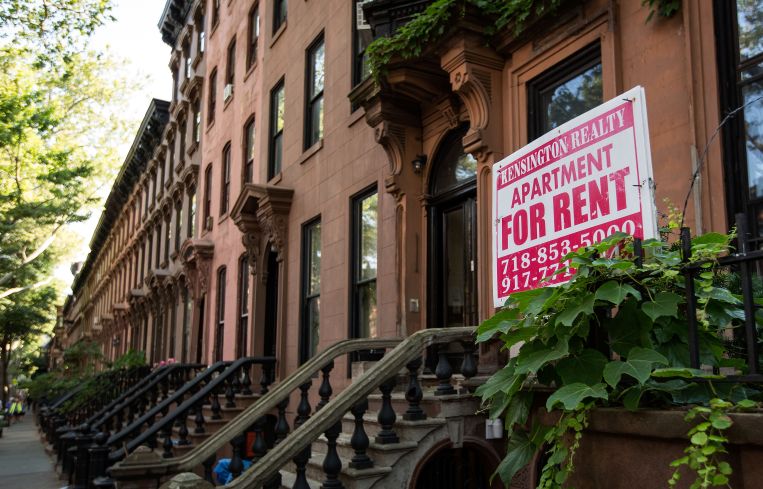Getting Smart About the Rental Market
By Michael Lucarelli June 15, 2023 9:05 am
reprints

RentSpree’s Rental Industry Leadership Board aims to solve some of the largest rental problems by bringing together the best and brightest from Multiple Listing Services.
A large part of my job is to educate others about the rental market in the U.S., as it is a segment not nearly as well understood as the for-sale market. I regularly speak at panels, and I attend dozens of trade shows each year to do just that. Hence, much of my most recent meeting with the new board was spent illuminating important data points in the rental market.
The rental market continues to be on fire, driven by the general unaffordability of a home given high mortgage rates and little inventory. Rent prices remain close to record highs as the median rent in April reached $1,967 a month, down from March’s $1,971 but still above the $1,937 in February.
Yet recent numbers show that landlords are becoming less aggressive in raising rent prices in the coming months, according to a survey of 2,500 landlords and renters by Realtor.com. This coincides with Rent.com data which showed that year-over-year rent prices in April rose 0.3 percent, the smallest annual increase in more than three years.
About 65 percent of landlords still plan to raise rent on at least one of their properties in the next year, but that is a decline from the about 70 percent that considered rent hikes in October of last year. About 40 percent of landlords who weren’t planning on hiking rents cited a strong landlord-tenant relationship as a key factor in their decision.
Data regarding landlord-tenant relationships leads to an important rental market fact: Almost half of all rentals in the U.S. are not owned by large investors but by mom-and-pop owners. With no single data source on rental property ownership, it is difficult to get an exact picture of the exact makeup of landlords in the U.S. but estimates show that 46 percent of all rentals in the U.S. are in the category of one to four units, with 70 percent of those owned by mom-and-pop landlords.
This is particularly relevant during a time when affordability is top of mind for most, as mom-and-pop landlords are often the ones offering less expensive housing as opposed to many of the high-end units in larger-scale developments.
Apartments — just like for-sale properties — should be consistently listed on MLS databases in order for renters to have an easier and more consistent way to find available space and for agents to be able to help people to locate available space more efficiently. But, today, only about 15 percent of the rental market is represented on MLS systems.
Aside from educating MLS organizations about the need for consistent and fair representation on their data systems, many mom-and-pop landlords need to be taught about the number of tools available to them such as easy-to-use and secure online application and background checks, automated rent payment features, rental insurance and e-signing of documents. Which leads me back to the start: It’s all about education.
It’s about educating MLS decision-makers to consistently include rental listings to ensure accessibility, consistency and fairness; and educating agents and landlords about the tools available to them to ensure people find and secure homes in the most efficient and secure manner. About 44 million households in the U.S. are renting.
It’s time to focus on education and getting smart about this large segment of the housing market.
Michael Lucarelli is the CEO and co-founder of RentSpree.



